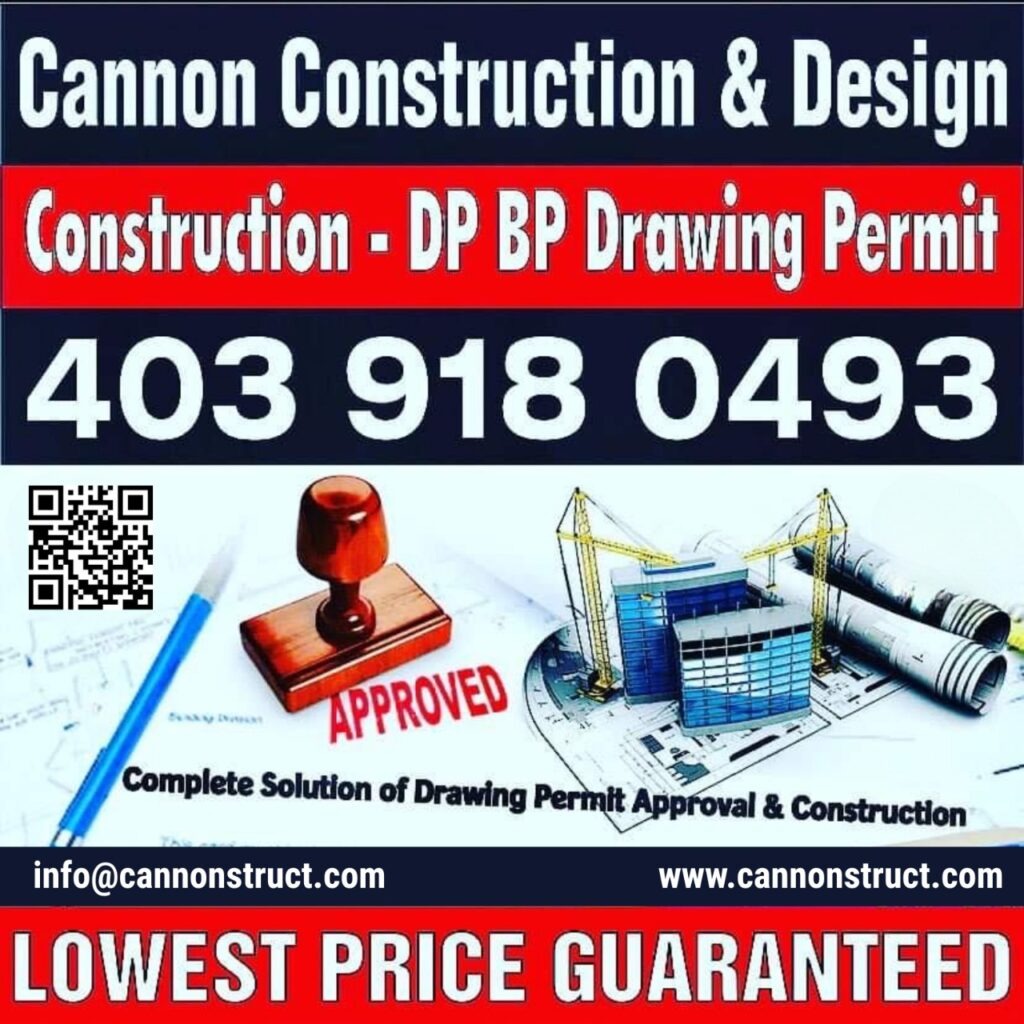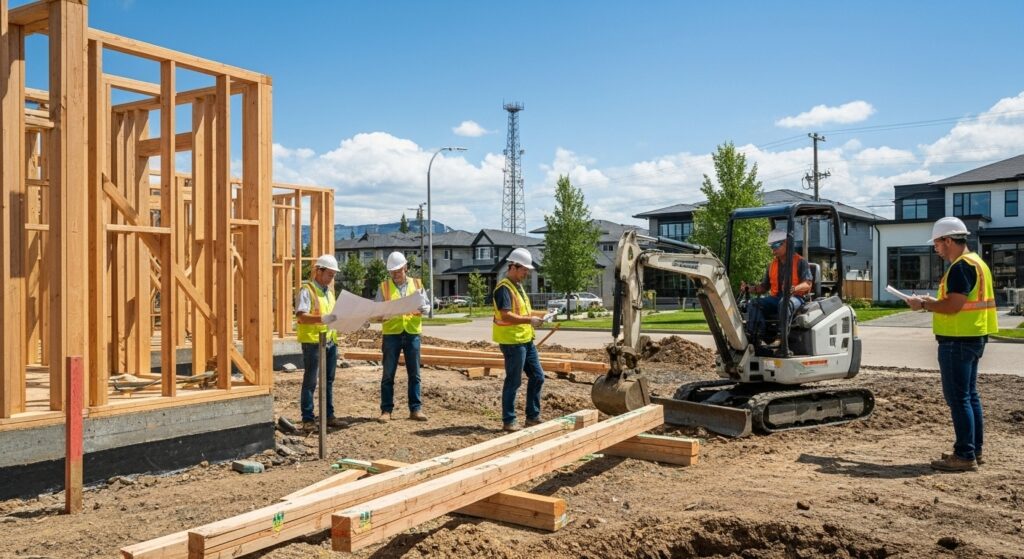In the dynamic world of real estate and urban development, construction residential remains a cornerstone of economic growth, community development, and personal investment. From the blueprint stage to handing over keys, residential building projects require precise planning, innovative techniques, and a thorough understanding of market demands. This comprehensive guide dives deep into the nuances of construction residential projects, unpacking its significance, processes, trends, challenges, and best practices to help stakeholders succeed in this competitive sector.
Understanding construction residential projects: What It Really Means
Construction Residential Projects refers to the full spectrum of building activities focused on developing living spaces for individuals and families. This includes:
-
Single-family homes
-
Multi-family apartments
-
Townhouses and condominiums
-
Residential complexes
Unlike commercial or industrial construction, residential projects emphasize occupant safety, comfort, aesthetics, and regulatory compliance. The residential construction industry plays a vital role in shaping the urban landscape and fulfilling the ever-growing demand for housing.
Why Residential Construction is Crucial Today
Population growth, urban migration, and changing lifestyle preferences are driving the need for more efficient, sustainable, and affordable residential buildings worldwide. The construction residential sector addresses this demand by:
-
Delivering diverse housing solutions tailored to market needs.
-
Boosting local economies through job creation and materials sourcing.
-
Enhancing community development and infrastructure.
-
Innovating through eco-friendly and smart building technologies.
Governments and private entities alike are investing heavily in residential construction to reduce housing shortages and uplift living standards.
Phases of a Residential Construction Project
Achieving success in residential projects requires mastery over every phase of the build cycle. Here’s an in-depth look:
1. Pre-Construction Planning and Design
This phase sets the foundation for everything that follows. Architects and developers collaborate to create detailed plans aligned with zoning laws, building codes, and client specifications. Budget considerations and sustainability goals are integrated at this stage.
2. Regulatory Approvals and Permits
Obtaining all necessary permits from local authorities is non-negotiable. This includes building permits, environmental clearances, and zoning approvals, which ensure the project complies with safety standards and municipal regulations.
3. Site Preparation
Before construction, the site must be cleared, graded, and evaluated. Soil testing, excavation, and utility setup occur here, ensuring the land is ready to support the structure.
4. Foundation Construction
Laying the foundation is a critical step that determines the structural integrity of the residential building. Foundations vary based on soil conditions and building design, ranging from slab-on-grade to basements or crawl spaces.
5. Structural Framing
This phase involves erecting the skeleton of the building, including walls, floors, and roof framing. Precision and quality materials here translate to durability and safety.
6. Installation of Systems
Electrical wiring, plumbing, HVAC, and insulation are installed in accordance with stringent codes, ensuring the home’s safety, comfort, and energy efficiency.
7. Exterior and Interior Finishing
From installing windows and doors to drywall, flooring, painting, and cabinetry, this phase adds aesthetic value and functionality to the home.
8. Final Inspection and Handover
After rigorous inspections confirm code compliance and quality standards, the home is ready for occupancy. Proper documentation and warranties are provided to homeowners.
Key Trends Transforming Construction Residential
The construction residential landscape is evolving rapidly. Staying ahead demands awareness and adoption of emerging trends:
Sustainable and Green Building
Environmental consciousness is reshaping residential construction. Builders now prioritize renewable materials, energy-efficient systems, and designs minimizing carbon footprints. Solar panels, green roofs, and passive heating/cooling techniques are becoming mainstream.
Prefabrication and Modular Homes
Modular construction offers remarkable speed and cost advantages. Components are manufactured off-site in controlled environments and assembled onsite, reducing waste and weather delays.
Smart Home Technologies
Home automation systems that control lighting, security, HVAC, and appliances enhance resident convenience and security, increasing property value.
Urban Infill and Mixed-Use Developments
Maximizing land use within existing urban areas helps curb sprawl. Mixed-use projects blend residential units with commercial spaces, fostering vibrant communities.
Advanced Building Information Modeling (BIM)
BIM software facilitates precise design, planning, and collaboration, reducing errors and improving project outcomes.
Challenges in Construction Residential and Strategic Solutions
No sector is without pain points. Here’s how top performers tackle them:
-
Cost Overruns: Unexpected expenses can derail projects. Proactive budgeting, detailed scope definitions, and contingency planning mitigate risks.
-
Regulatory Delays: Navigating permit processes demands expertise and early engagement with authorities to avoid costly hold-ups.
-
Labor Shortages: The skilled labor gap is a bottleneck. Investing in workforce training and leveraging automation help sustain productivity.
-
Supply Chain Volatility: Material shortages and price fluctuations require diversified sourcing and inventory buffering.
-
Quality Control: Maintaining high standards is essential for safety and customer satisfaction. Implementing robust QA protocols and third-party inspections safeguards quality.
Cost Breakdown in Residential Construction Projects
Understanding the economics behind construction residential is critical for investors and homeowners:
| Cost Element | Typical Percentage of Total Cost |
|---|---|
| Land Acquisition | 15-25% |
| Design | 5-10% |
| Permitting and Legal Fees | 2-5% |
| Site Preparation | 5-10% |
| Materials | 30-40% |
| Labor | 20-30% |
| Systems Installation | 10-15% |
| Finishing & Landscaping | 10-15% |
Cost-efficiency stems from accurate initial estimates, value and disciplined project management.
Choosing Your Residential Construction Partner: What to Look For
Your construction partner can make or break your project. When selecting contractors or builders, prioritize:
-
Proven track record in residential projects similar to yours.
-
Transparent contracts with clear deliverables and timelines.
-
Strong safety and quality management systems.
-
Capability to integrate modern construction technology and sustainable practices.
-
Open communication channels and client-focused service.
Building trust upfront reduces risks and aligns expectations.
The Role of Technology in Enhancing Construction Residential Efficiency
Technology is the secret weapon powering the future of residential construction:
-
Drones: For site surveys and progress monitoring.
-
Robotics: Automating repetitive tasks such as bricklaying and concrete pouring.
-
Project Management Software: Real-time updates and resource allocation.
-
3D Printing: For custom components and rapid prototyping.
-
Augmented Reality (AR): Assisting design visualization and client walkthroughs.
Incorporating these tools accelerates timelines, reduces errors, and enhances quality.
Sustainability: The Non-Negotiable in Modern Residential Construction
Green building isn’t just a trend—it’s an imperative. Sustainable residential construction yields:
-
Lower energy bills via efficient insulation, windows, and HVAC.
-
Reduced environmental impact through recycled and locally sourced materials.
-
Healthier indoor environments with improved air quality.
-
Increased market appeal to eco-conscious buyers.
Pursuing certifications like LEED or ENERGY STAR adds credibility and value.
Residential Construction Maintenance and Longevity
A quality construction residential project doesn’t end at handover. Maintenance plans ensure longevity:
-
Regular inspections for structural integrity.
-
Timely repairs of roofing, plumbing, and electrical systems.
-
Seasonal upkeep of HVAC and insulation.
-
Landscaping care to prevent soil erosion.
Proper maintenance protects investments and homeowner wellbeing.
Future Outlook: Where Construction Residential is Heading
The next decade promises exciting advancements:
-
Mass Customization: Using AI and parametric design for personalized homes at scale.
-
Net-Zero Energy Homes: Buildings that produce as much energy as they consume.
-
Circular Construction: Recycling materials and designing for disassembly.
-
Enhanced Resilience: Homes builders to withstand climate impacts and natural disasters.
Investors and builders who adapt early will dominate the evolving residential market.
About Cannon Construction & Design
Cannon Construction & Design is a fully licensed and insured general contractor operating in Calgary, Alberta. With a commitment to delivering high-quality construction services, they specialize in various residential and commercial projects, including custom homes, renovations, and permit approvals. Their team is dedicated to providing expert craftsmanship, attention to detail, and exceptional customer service.
Final Thoughts
Whether you’re embarking on your first home build or managing a large residential development, mastering construction residential requires insight, precision, and adaptability. Prioritize sustainable design, leverage modern tech, control costs, and partner with experts to create spaces that stand the test of time and delight residents.
The future is bright for those who build smart, green, and with purpose.
FAQs
Q1: How long does a typical residential construction project take?
A1: Timelines vary by size and complexity but generally range from 6 months for smaller homes to over 18 months for large-scale developments.
Q2: What factors most influence the cost of residential construction?
A2: Land prices, materials, labor, design complexity, and local regulations significantly impact total costs.
Q3: How can homeowners ensure sustainability in their construction projects?
A3: Incorporating energy-efficient systems, renewable materials, and obtaining green certifications help promote sustainability.
Q4: What are the common permits needed before starting residential construction?
A4: Typical permits include building, zoning, electrical, plumbing, and environmental clearances depending on location.
Q5: How do I select the right contractor for my residential construction project?
A5: Look for experience, transparent pricing, strong communication, quality assurance processes, and capability to handle your specific project needs.
Contact Us Today
Have questions or need instant help? Talk directly to our experts.
+1 403 918 0493
Email Us Anytime
Prefer writing to us? Send us your query and we’ll respond within 24 hours.
canadaproject237@gmail.com

